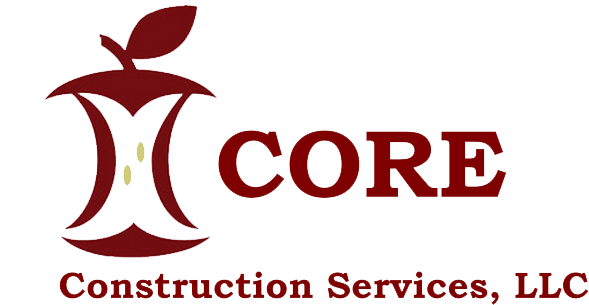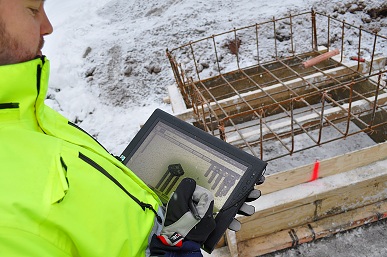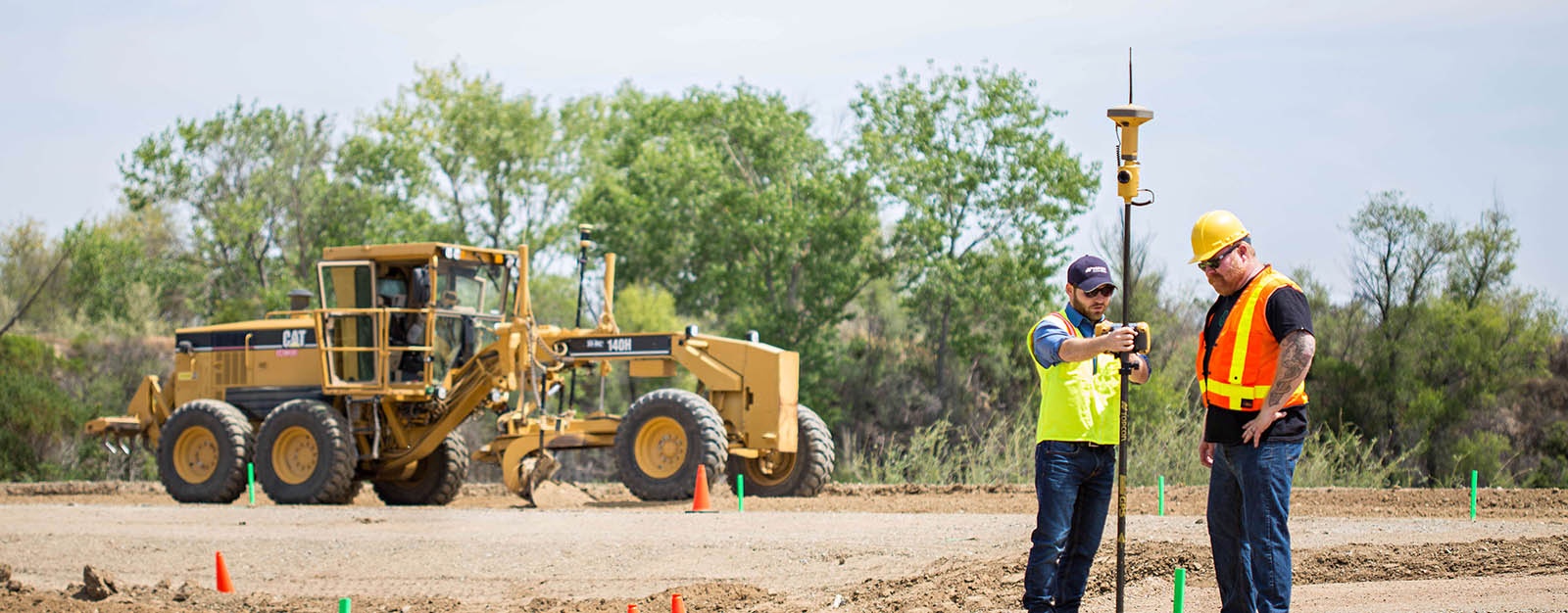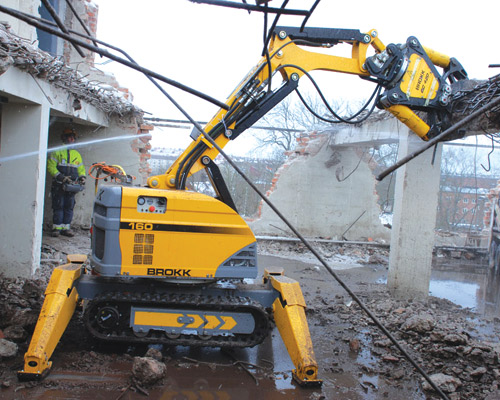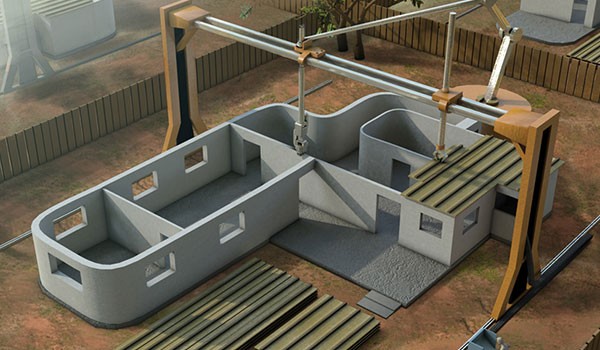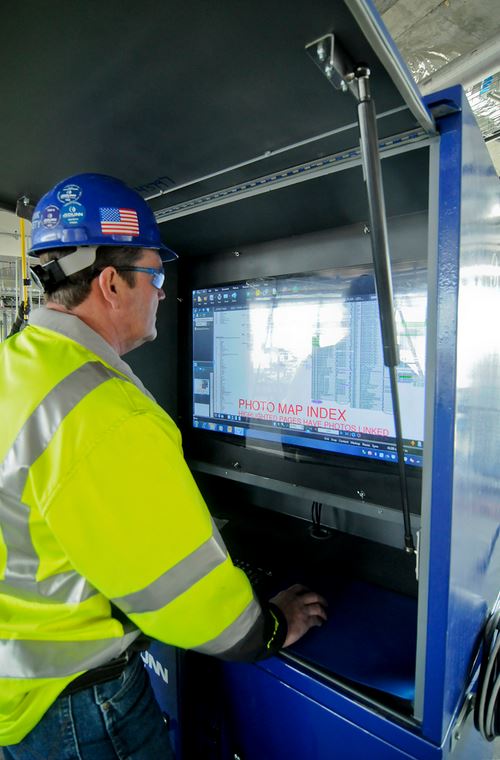 Automation in the construction industry is growing so fast that it’s hard to keep up with all the products and technologies out there. From estimating and billing to final project signoff, construction industry service providers, architects and designers are coming up with ingenious ways to make every aspect of a construction project more efficient, more competitive and more profitable. Following are just a few of the scores of new technologies that are revolutionizing the way the construction industry does business.
Automation in the construction industry is growing so fast that it’s hard to keep up with all the products and technologies out there. From estimating and billing to final project signoff, construction industry service providers, architects and designers are coming up with ingenious ways to make every aspect of a construction project more efficient, more competitive and more profitable. Following are just a few of the scores of new technologies that are revolutionizing the way the construction industry does business.
Historically slow to embrace new technologies, the construction industry as a whole is becoming an enthusiastic adopter of products that automate or eliminate processes that were standard operating procedure only a few years ago. With the explosion of smartphone and tablet capabilities and the general public’s enthusiastic adoption of touchscreen technology, the construction industry is beginning to dip its toe into the high-tech stream. Today, dozens of mobile apps can perform just about every task on every type of construction project. Providers of integrated, cloud-based systems are folding smartphone and tablet applications into their products, giving field personnel the same computing power on a jobsite as their colleagues in the office—all synced in real time and scaled to the smartphone or tablet screen configuration. Among the great advantages of cloud-based mobile apps are their instant access to data and ability for employees to collaborate from anywhere there is cell coverage. Users can search, access and manage tools, equipment and materials right in the palms of their hands (e.g., one application deftly turns devices into mobile barcode scanners). Providers of these systems generally license their mobile systems to clients on a subscription basis. It’s not only large providers that are launching smartphone and tablet applications. Small, independent developers are constantly coming up with specialty apps to manage bids, compute estimates, calculate dimensions and quantities, create CAD drawings and more. There’s even an app that converts construction drawings to 3-D images, which is handy for visualizing a finished structure on the fly. Other apps address practical concerns such as worker safety (e.g., one app computes safe ladder angles under various worksite conditions). Need to plan a staircase? There’s an app for that; it even computes circles, rise, pitch and more. Another nifty app can store capacity data for various crane models and calculates rigging and load formulas for each. How about a volume calculator that spits out the area of circles, ellipses and almost any shape a contractor would encounter on a construction project? It even subtracts the pipe volume from trenching calculations. Many apps are free or low cost, and some use a pay-per-use model. Regardless of a company’s needs and budget, there’s an app out there that will fill the bill.
Advanced Bidding Software
Construction bidding software runs the gamut from standalone desktop applications for smaller companies to cloud-based solutions designed for firms with complex or widespread operations. But bidding software is certainly a necessity to remain competitive and profitable on a construction project of any size. Features vary widely, but according to SoftwareAdvice.com, the most useful bidding software should include contact management, prequalifications, project calendar, RFI/RFP, subcontactor portal, invitations for bidding, an online plan room and a communication template library. Other valuable features include bid invitation notices, a subcontractor prequalification and management module, and document-sharing capability. Integration with calendar and communication services such as Google and Outlook is also desirable, as are document tracking and follow-up capabilities. The list of available features goes on and on, so firms will have to make some careful comparisons of value and cost when selecting the best bidding software for their specific needs. With the right software, companies can count on a big ROI in the form of reduced time and money expended in the bidding process, more accurate bids, better data for project estimating, and a deeper understanding of how a well-crafted bid can spell the difference between a mediocre project and a highly successful one.
4-D modeling adds the dimension of time to 3-D modeling, which has been a reliable tool for construction design and layout for decades. 4-D modeling helps the entire project team visually understand through a timeline each event that takes place during the project life cycle. Because 4-D modeling technology is costly, it’s mostly used on large-scale projects, but that is changing as new products are emerging that make it more accessible. Similarly, 5-D modeling adds the cost dimension to the 3-D and 4-D model.
Robots are well-established in manufacturing industries, but their use in construction is limited because of challenging jobsite conditions. Unlike a stationary manufacturing robot, a construction robot must be mobile and needs a power supply to move it around a site. The jobsite’s typically uneven surface and changing weather throughout the year are other barriers construction robots will have to overcome. That doesn’t mean robots will never become commonplace on a construction site. Manufacturers in the United States, Europe and Japan have developed highly efficient remote-controlled robots for certain demolition and construction applications, but widespread use across the construction industry is still many years in the future.
Since the Federal Aviation Administration lifted the ban on automated drones for nonmilitary use, many industries have rushed to exploit the conveniences and economies of unmanned aerial vehicle technology. Drones are small and lightweight (typically just a few pounds, excluding payload) and cover large areas in a fraction of the time a human on the ground would require. In the construction industry, drones are being used for productivity improvement, jobsite security, project design and modeling, and worker safety. They are practical and versatile and can be used for a variety of applications ranging from exhaustive jobsite oversight—using sophisticated photographic, videographic and GPS technology to instantly communicate suspicious or dangerous activity—to creating 3-D models and inspecting hard-to-access areas of a project. And as technology develops, many in the industry are looking to a future where drones and robots will actually build complex structures from the ground up.
Once the province of engineering academics, 3-D printing has become almost mainstream, with retail giant Amazon.com offering 3-D printed products through an affiliate, as well as 3-D printers and supplies. It’s no surprise that 3-D construction printing poses many challenges, but experimental houses already are being 3-D printed in Holland and China (but still assembled by humans the old-fashioned way). Now other companies are working on techniques to create structural steel framework for use in high-rise structures. The possibilities are astounding.
Fleet Management
In this era of increasing capital equipment purchase and operating costs, getting the most out of every piece of equipment is a must. Contractors must know where every truck, tractor, loader or crane is at any moment in time, and what it’s doing at that moment. If it’s idling when it’s supposed to be off, the company is wasting money on fuel. Similarly, money is lost if it’s idling when it’s supposed to be working. There’s much more to fleet management than asset location and fuel consumption. Labor costs, billing, driver behavior and safety, and theft prevention and loss recovery are among the many concerns that keep fleet managers in constant alert mode. That’s where GPS comes in. GPS technology has evolved to a level that provides a real boon to construction companies. Construction management software vendors have developed integrated or standalone GPS applications that provide comprehensive information for monitoring mobile assets and their operators. There is money to be saved with GPS systems that track fuel consumption and monitor maintenance schedules. GPS fleet management technology keeps employees honest. For instance, it can tell companies when their pickup trucks are being used for personal use. It also can monitor driver behavior that poses safety concerns and wastes fuel. And with GPS dispatching and time recording, worker efficiency is maximized and timesheet irregularities are a thing of the past.
Summing up
The construction industry is beginning to emerge from a long economic slowdown and is seeing the value and promise of technology as a means of becoming leaner, savvier and more profitable. Yes, construction management technology can be expensive and definitely has a learning curve, but in the long run, the investment is almost guaranteed to pay off.
The advancement of technology generally evokes a range of emotions in people from all walks of life. Some view technology as a great evil that slowly diminishes our humanity, while others view it as a way to bring the world closer together and to help solve some of our greatest challenges. Regardless of your view, almost everyone has a favorite quote or two about the impact that technology has on our lives. These are a few of my favorites.
- * Science and technology revolutionize our lives, but memory, tradition and myth frame our response. –Arthur Schlesinger (Historian)
- * It has become appallingly obvious that our technology has exceeded our humanity. – Albert Einstein (Scientist)
- * Technology is a word that describes something that doesn’t work yet. –Douglas Adams (Author)
- * Technology made large populations possible; large populations now make technology indispensable. – Joseph Krutch (Writer)
- * We are stuck with technology when what we really want is just stuff that works. – Douglas Adams (Author)
- * The human spirit must prevail over technology. – Albert Einstein (Scientist)
- * This is the whole point of technology. It creates an appetite for immortality on the one hand. It threatens universal extinction on the other. Technology is lust removed from nature. – Don DeLillo (Author)
- * The real danger is not that computers will begin to think like men, but that men will begin to think like computers. – Sydney Harris (Journalist)
- * You cannot endow even the best machine with initiative; the jolliest steamroller will not plant flowers. – Walter Lippmann (Author)
